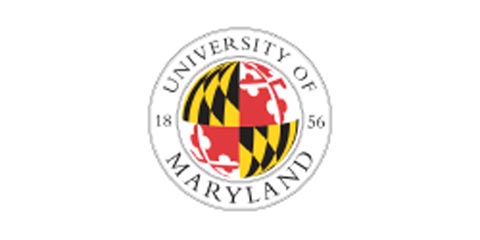Menstrual management & sanitation systems - Global review of sanitation systems trends and interactions with menstrual management practices
2011 - 2014 • University of Maryland, MHM
Purpose
Understanding experiences of women in managing their menstrual periods, including the products that they use, their perceptions of the sanitation facilities they use, and how their periods may impact their daily routines.
Activities
The project will address the interactions between menstrual management and sanitation, using a systems approach that integrates an understanding of the sanitation hardware with women’s practices, needs and willingness to pay for menstrual management products. The scope of work includes: 1) a comprehensive literature review to synthesize current knowledge about the interaction between women's menstrual management practices and sanitation systems, 2) detailed case studies in two urban locations, and 3) a randomized product dissemination and demand trial where women will be offered to opportunity to test and then choose among alternative menstrual management products.
Countries of activity
Location of main activity
Objectives
- Synthesize the state of current knowledge through a review of the literature on women’s perceptions and cultural beliefs around menstruation, and menstrual practices.
- Understand the impact of menstrual practices on sanitation systems through a global survey of sanitation managers.
- Document how menstrual products are disposed of in two contexts: Durban, South Africa and Bihar, India.
- Investigate the acceptability of a reusable silicon menstrual cup among adult women in two contexts: Durban, South Africa and Bihar, India. Understand determinants of, and barriers to, product experimentation and continued use, including experience of peers.
- Test how prior use of a disposable menstrual product (sanitary pads) affects demand for a reusable product (the menstrual cup) through a randomized controlled trial in Bihar, India.
Further information
PATH, Stockholm Environment Institute, Columbia University, Wits Health Consortium, Mount Holyoke College, and the University of KwaZulu-Natal
Filter tags
Bill & Melinda Gates Foundation East Asia & Pacific Global Health and hygiene North America Practitioners Sub-Saharan Africa Technology comparisons University, education or research institution
Links

Uploaded by:
Trevor Surridge (tmsinnovation)















